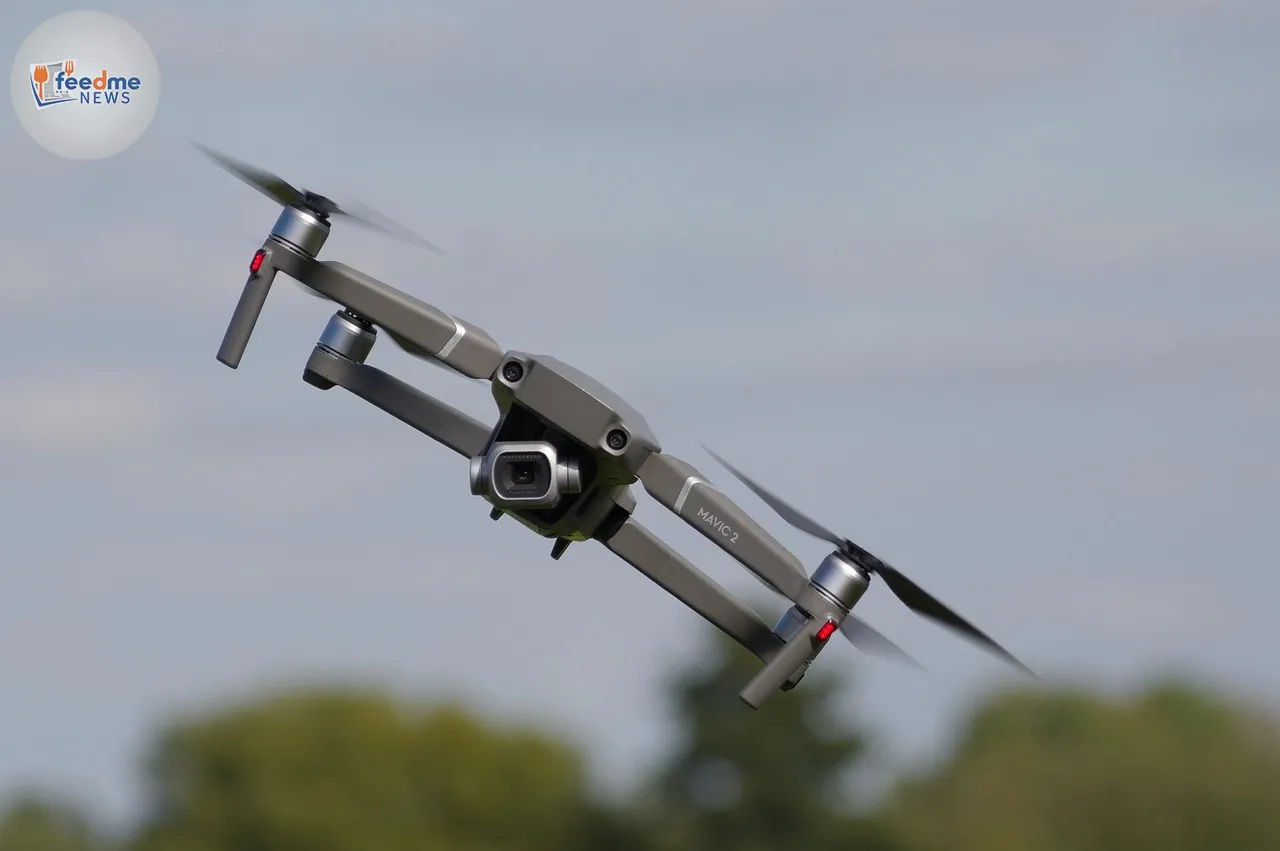A new threat has emerged on the battlefields of Ukraine, where experimental kamikaze drones equipped with fibre optic cables are making their presence felt. These drones, assembled in secret workshops, are designed to penetrate areas once considered secure, defying traditional jamming technologies. This technological advancement represents a significant shift in warfare tactics, prompting urgent responses from both military and civilian sectors.
A New Era in Drone Warfare
The deployment of fibre optic drones marks a critical evolution in the use of unmanned aerial vehicles (UAVs) in conflict zones. Developed in a covert facility in north-eastern Ukraine, these drones are part of a growing arsenal seeking to outmanoeuvre conventional electronic warfare countermeasures. Unlike traditional drones that rely on radio frequencies for control, these utilise fibre optic cables that can extend up to 20 kilometres, making them impervious to jamming.
The strategic advantage offered by these drones is significant. With a direct line of communication via the fibre optic cable, operators can maintain control of the drone even in environments saturated with electronic interference. This capability allows the drones to reach targets with precision, a feature highly valued in the dynamic and unpredictable landscape of modern warfare.

The Tactical Implications of Fibre Optic Technology
Fibre optic drones introduce a new layer of complexity to military strategies. Their ability to bypass electronic jamming systems poses a challenge to existing defence mechanisms, which have long relied on disrupting radio signals to neutralise threats. As a result, military forces must adapt to counter this innovative technology.
Experts suggest that the development of fibre optic drones could lead to a shift in the design and deployment of counter-drone systems. Traditional methods, such as signal jamming and electronic warfare, may become less effective, necessitating the exploration of alternative strategies. This could include enhancing physical barriers and developing new detection technologies capable of identifying and intercepting these drones before they reach their targets.
The Development Process and Motivations Behind Fibre Optic Drones
The creation of these drones is a testament to the ingenuity and resourcefulness of Ukrainian engineers and technicians. Working in a secretive environment, they have managed to overcome significant technical challenges to produce a functional and effective weapon. The decision to employ fibre optic technology was driven by the need to outmatch adversaries equipped with advanced electronic warfare capabilities.
The fibre optic drones are assembled by a dedicated team of approximately 20 individuals, who meticulously construct each unit to ensure optimal performance. The drones feature a quadcopter design, with a cylindrical housing for the fibre optic cable. This innovative approach allows the drones to maintain a stable and secure connection with their operators, even in electronically hostile environments.
Responses and Countermeasures to the Growing Drone Threat
The introduction of fibre optic drones has prompted a variety of responses from those affected by their presence. Military forces are actively seeking ways to counter this new threat, while civilians are employing creative solutions to protect themselves. In some areas, thread-like filaments of wire are being extended across fields, and netting is being rigged between trees along supply routes, in an effort to thwart drone incursions.
These low-tech countermeasures highlight the challenges faced by those on the ground. While they may provide some level of deterrence, the effectiveness of these methods against fibre optic drones remains uncertain. The ongoing conflict in Ukraine underscores the need for a comprehensive approach to drone defence, combining both technological and tactical innovations.
The Broader Implications for Global Warfare
The emergence of fibre optic drones in Ukraine could have far-reaching implications for global military strategy. As conflicts continue to evolve, the role of technology in warfare is becoming increasingly prominent. The ability to deploy drones that can evade traditional countermeasures may influence future military engagements, prompting a reevaluation of existing doctrines and tactics.
Furthermore, the proliferation of such technologies could lead to an arms race, as nations strive to develop and deploy similar capabilities. This raises important questions about the future of warfare and the potential consequences of unchecked technological advancement. As the battlefield becomes more technologically complex, the need for international cooperation and regulation becomes ever more pressing.
In summary, the development and deployment of fibre optic drones in Ukraine represent a significant shift in the landscape of modern warfare. As military forces and civilians alike grapple with the implications of this new technology, the need for innovation and adaptation is clear. The ongoing conflict serves as a stark reminder of the transformative power of technology and the challenges it poses to traditional security measures.





